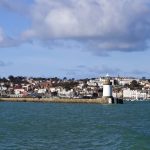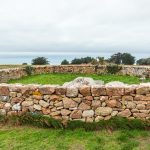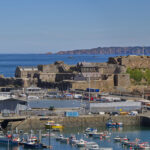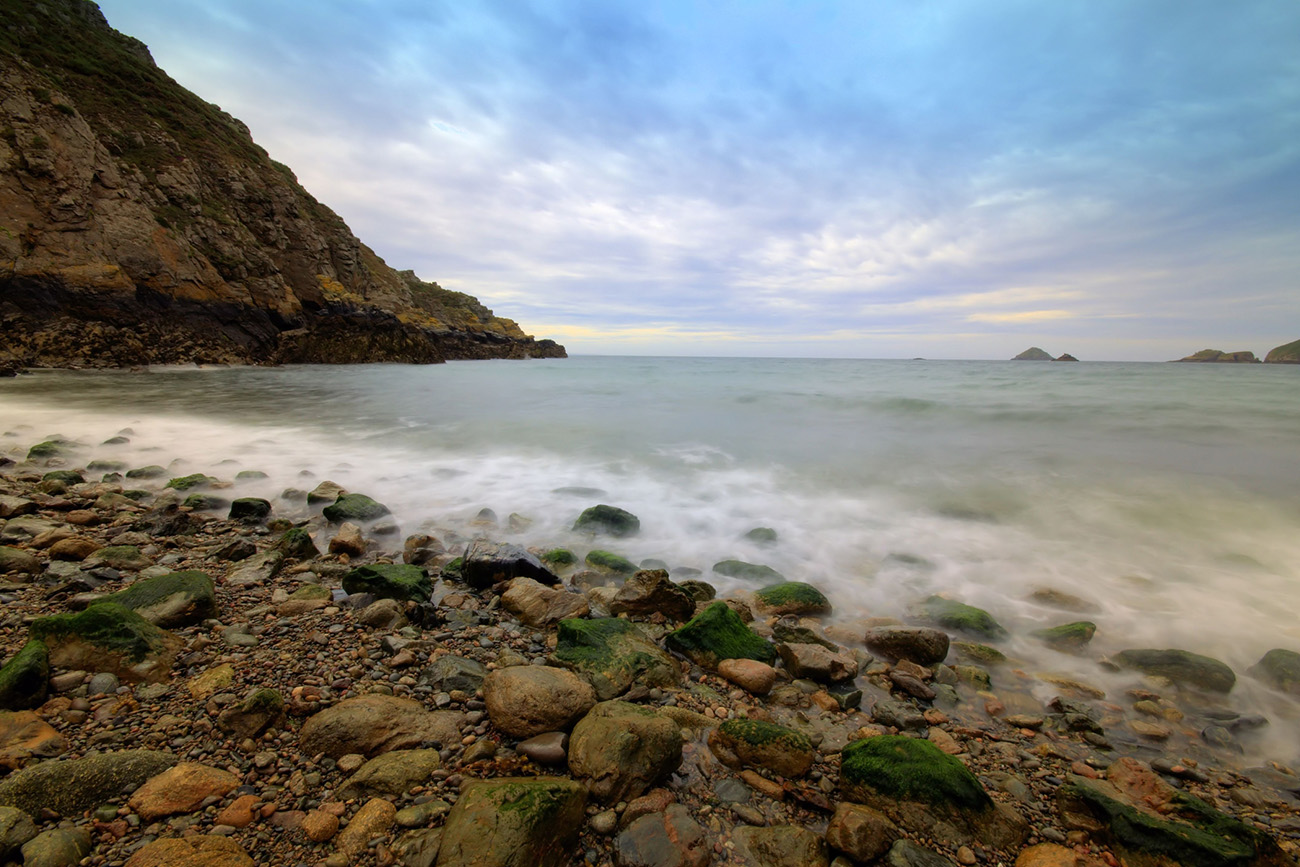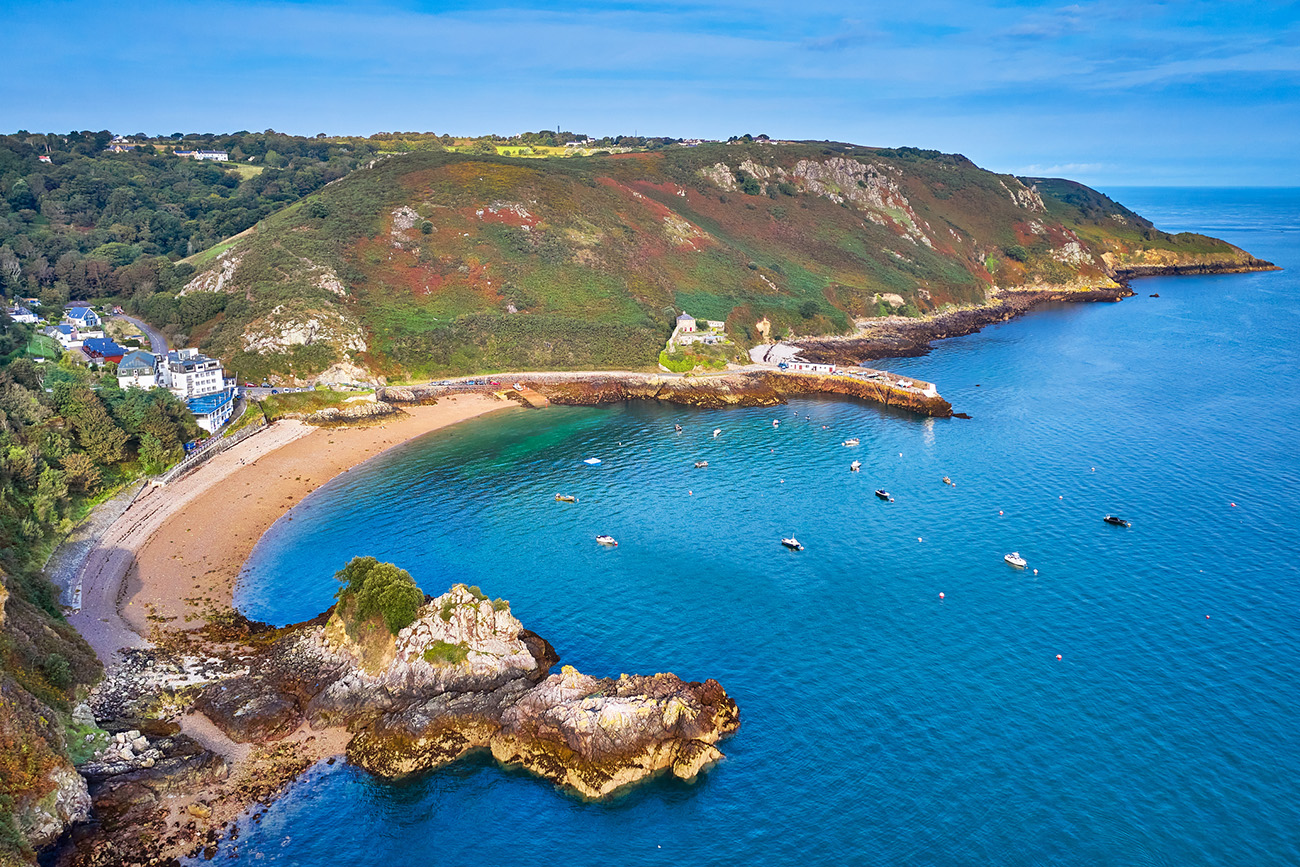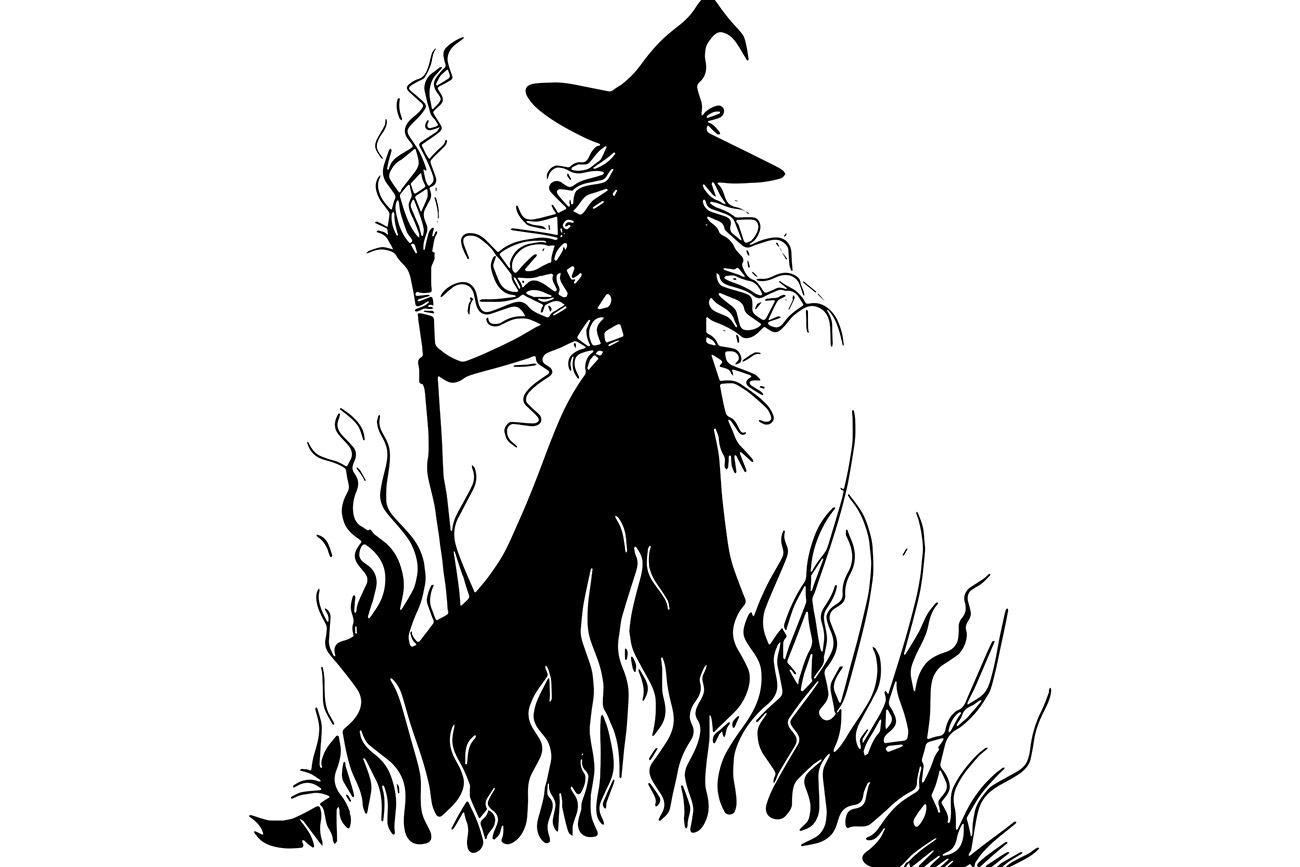
Witches, broomsticks, and bubbling cauldrons – dive into the mysterious world of the Guernsey Witch Trials where accusations flew faster than a witch on her trusty broomstick. While not as well-known as the Salem Witch Trials in the United States, the stories that emerged from Guernsey are just as harrowing and captivating!
Guernsey, like many other parts of the world, fell victim to hysteria, leading to the persecution of innocent men and women accused of practicing witchcraft.
The Guernsey Witch Trials of the 16th and 17th centuries stand as a haunting chapter in the island’s history, reflecting the pervasive fear and paranoia surrounding accusations of witchcraft during that tumultuous era.
Why bother digging through old documents?
Well, studying historical witch trials gives us a peek into the superstitious minds of the past, and reminds us that even in the modern world, the fear of the unknown can still cast a spell over society.
During this dark period, individuals, mostly women, were accused of practicing witchcraft and faced severe consequences.
Overview of the Witch Trials in Guernsey
The witch trials in Guernsey were a real-life drama filled with intrigue, fear, and some seriously questionable testimonies.
Picture a time when suspicions ran high, and a mere glance from your neighbour could have you branded as a witch. Guernsey society was a hotbed of superstitions where even a black cat crossing your path could spell trouble.
Witchcraft Persecution in Europe and the Influence on Guernsey
Europe was ablaze with witch trials, and Guernsey was not left out of the cauldron-stirring party. The fear of witchcraft spread like wildfire, fuelled by paranoia and a fervent belief in the supernatural.
What do you get when you mix a pinch of suspicion, a dash of fear, and a sprinkle of superstition?
Specific allegations and charges that ranged from the absurd to the downright terrifying. But hey, it was all in a day’s work for the witch hunters. Among the accused were a diverse groups of individuals, each with their own unique stories and circumstances:
Isabella Carey, a widowed herbalist known for her healing remedies, was one of the first to be accused of witchcraft during the trials. Her extensive knowledge of plants and herbs was seen as evidence of her supposed dealings with the devil. Despite her protests of innocence, Isabella was ultimately sentenced to death by hanging.
Samuel Green, a local farmer with a reputation for his unconventional methods of agriculture, was also swept up in the hysteria of the witch trials. Accused of causing crop failures and livestock deaths through his alleged witchcraft, Samuel faced a hostile crowd at his trial. Despite presenting evidence of his innocence, he was ultimately found guilty and sentenced to imprisonment.
Eleanor LeRoux, a midwife known for her expertise in childbirth, was accused of using her knowledge of herbs and potions for nefarious purposes. Rumours spread of infants mysteriously falling ill or disappearing after being in her care. Despite the lack of concrete evidence, Eleanor was deemed guilty by association and faced a public trial that ended in her exile from the island.
Agnes Berry, was a healer who used herbal remedies to help the sick and suffering in her community. However, her kindness and knowledge of natural remedies were misconstrued as evidence of witchcraft. She was accused of casting spells and causing harm to her neighbours.
Another tragic story from the trials is that of James Le Page, a local farmer who was accused of cursing the crops of his rivals. Despite his pleas of innocence, James was subjected to brutal interrogation methods and ultimately met a grim fate at the hands of the fearful residents.
Legal Procedures in Witch Trials
From spectral evidence to dunking tests, the legal procedures in witch trials could make even a seasoned lawyer scratch their head in confusion.
Confessions, testimonies, and maybe a sprinkle of truth here and there – the role of confessions and testimonies in witch trials was as murky as a cauldron of eye of newt. But hey, in a world where the supernatural reigned supreme, who needed concrete evidence anyway?
Impact on Families
Accusations of witchcraft tore families apart and left lasting scars on those targeted and their loved ones.
Families caught up in the witch hunts often faced separation and displacement as accusations spread like wildfire. They bore a heavy emotional burden, facing stigma and isolation in the wake of accusations – having a loved one branded as a witch reverberated for generations, leaving scars that were not easily healed.
The accused individuals and their loved ones endured harrowing experiences during the witch hunts. Personal accounts of false accusations, unfair trials, and brutal punishments shed light on the human cost of mass hysteria.
Community Ramifications
The witch hunts had a profound impact on society, leading to widespread panic and a breakdown of trust within communities. The trials illuminated the dangerous power of superstition and paranoia in a society where accusations could lead to devastating consequences.
The legal systems of Guernsey were eternally altered by the Witch Trials, as they exposed the flaws and injustices inherent in the judicial process of the time.
The trials led to increased scrutiny of legal proceedings and eventually spurred reforms to prevent similar miscarriages of justice in the future.
Contrasting Guernsey Trials with Salem Witch Trials
Contrary to the mass hysteria and large-scale executions of the Salem Witch Trials, the Guernsey Witch Trials were characterised by a smaller scope and fewer casualties. Contrasting these events highlights the varying manifestations of witch hunts and the different cultural contexts that shaped them.
When comparing the Guernsey Witch Trials to European witch hunts, similarities in the use of torture, reliance on confessions, and societal fears of witchcraft emerge. However, distinct regional nuances and legal approaches differentiate the Guernsey trials from their European counterparts, showcasing the diverse nature of witch hunts across different time periods and locations.
Examining the Guernsey Witch Trials through a modern lens prompts reflections on justice, human rights, and the dangers of mob mentality. In today’s world, the trials serve as a cautionary tale against unchecked accusations and the importance of fair and equitable legal processes.
We can uncover historical misconceptions and reassess the narratives that have shaped our understanding of the past. By learning from the mistakes of history, we can strive to create a more just and informed society that values evidence-based reasoning over baseless accusations.
May the lessons learned from these trials serve as a beacon for future generations to uphold justice and fairness.
Would you like to explore more of Guernsey? Then don’t miss out on the following article: Top places to visit in Guernsey according to locals

